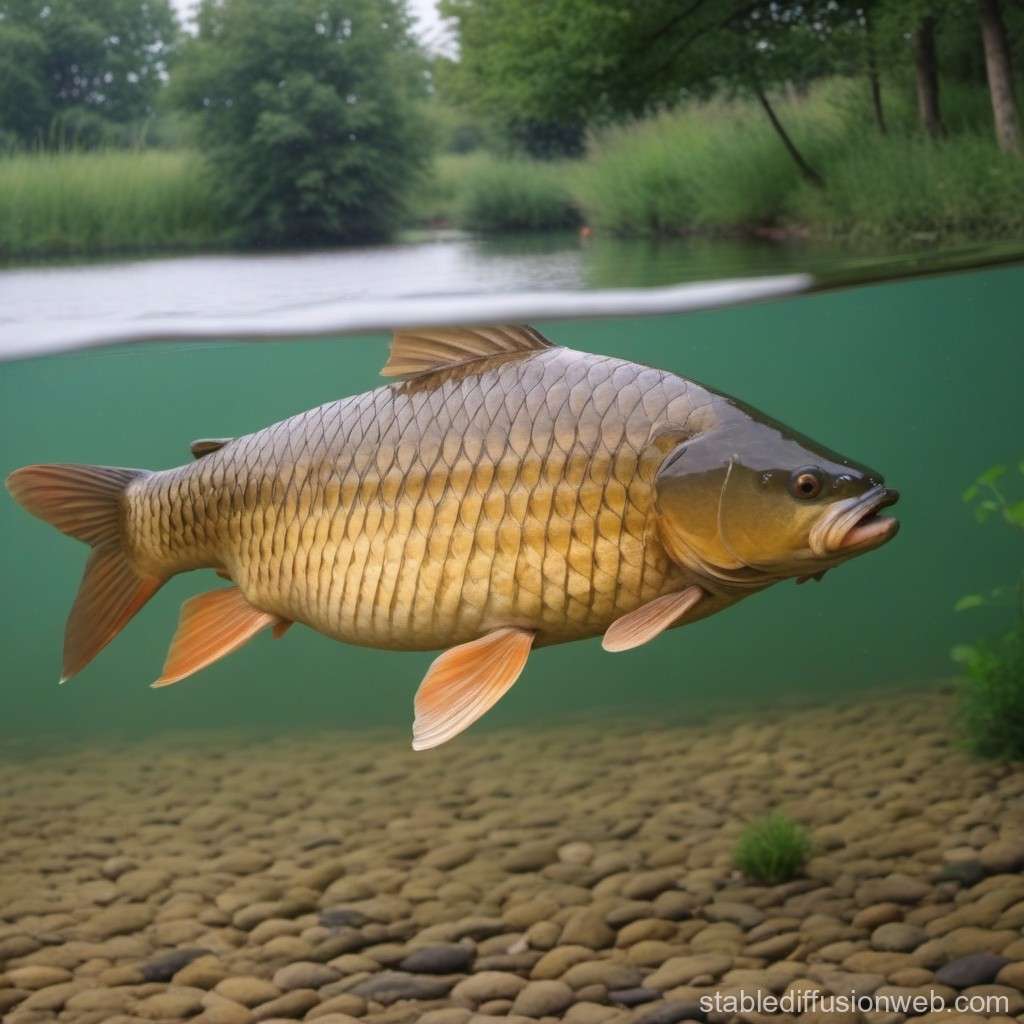How To Care For Amur Carp
The Amur Carp (Cyprinus rubrofuscus), also known as the Amur River Carp, is a large species of freshwater fish native to East Asia, particularly the Amur River basin, which flows through Russia and China. Known for its robust size and striking appearance, the Amur Carp has a deep, laterally compressed body and is typically brownish or olive in color, often with a pale belly and darker fins. It is closely related to the common carp (Cyprinus carpio) and shares many of the same characteristics, but it tends to be larger and more adaptable to a variety of habitats.
Amur Carp thrive in rivers, lakes, and reservoirs with slow-moving water and muddy bottoms. They are well-suited to environments with a wide range of temperatures and can survive in waters ranging from 50°F to 75°F (10°C to 24°C), making them highly adaptable to different climates. These carp are known for their ability to tolerate low oxygen levels, making them hardy fish that can thrive in less-than-ideal conditions.
In terms of behavior, the Amur Carp is a bottom-dweller that feeds on a wide variety of organic matter, including detritus, small invertebrates, and plant material. It has a strong, powerful build and can grow quite large, with individuals reaching up to 40 inches (100 cm) in length and weighing as much as 20 pounds (9 kg) under the right conditions.
Although not as commonly kept in home aquariums, the Amur Carp is popular in pond aquaculture, where it is often raised for ornamental purposes due to its striking appearance and hardiness. Like other carp species, it produces a significant amount of waste, so maintaining good water quality with proper filtration is crucial for their well-being.
Due to its size and adaptability, the Amur Carp has been introduced to various parts of the world, including Europe and North America, where it has occasionally been regarded as an invasive species. Its rapid growth and ability to outcompete native species for resources can disrupt local ecosystems, especially in environments where it has few natural predators.
Despite its invasive tendencies, the Amur Carp is also valued for its role in controlling aquatic vegetation, as it feeds on algae and plant material. In areas where it has been introduced responsibly, it can help balance aquatic ecosystems. However, like other large carp species, its impact on local biodiversity can be a concern, and its spread is carefully monitored in many regions. With proper care and attention, the Amur Carp can live for 20 years or more in captivity, making it a long-lived and resilient species in both natural and man-made environments.
Amur Carp is a fascinating aquarium fish that stands out with its vibrant colors. It belongs to the family Cyprinidae and is native to the Freshwater.
This species has a care level of Moderate to easy and requires a minimum tank size of 100–200 gallons (380–760 liters). It typically reaches a size of Up to 48 inches (120 cm).
Preferred water parameters include a specific gravity (sg) of 1.000 (freshwater), pH ranging from 6.5–8.5, and a temperature between 50–80°F (10–27°C). Additionally, maintaining water hardness within the range of 5–20 dGH is essential.
For stocking, the recommended ratio is 1:2-3 M:F. The Amur Carp is widely available and has a diverse diet that includes Herbivorous: primarily feeds on aquatic plants, algae, and detritus.
With a life span of 10–20 years, this species is known for its very easy care requirements. It is an ideal choice for both beginner and experienced aquarists. Providing a well-maintained tank environment with suitable water conditions will ensure the health and vibrancy of this captivating species.

